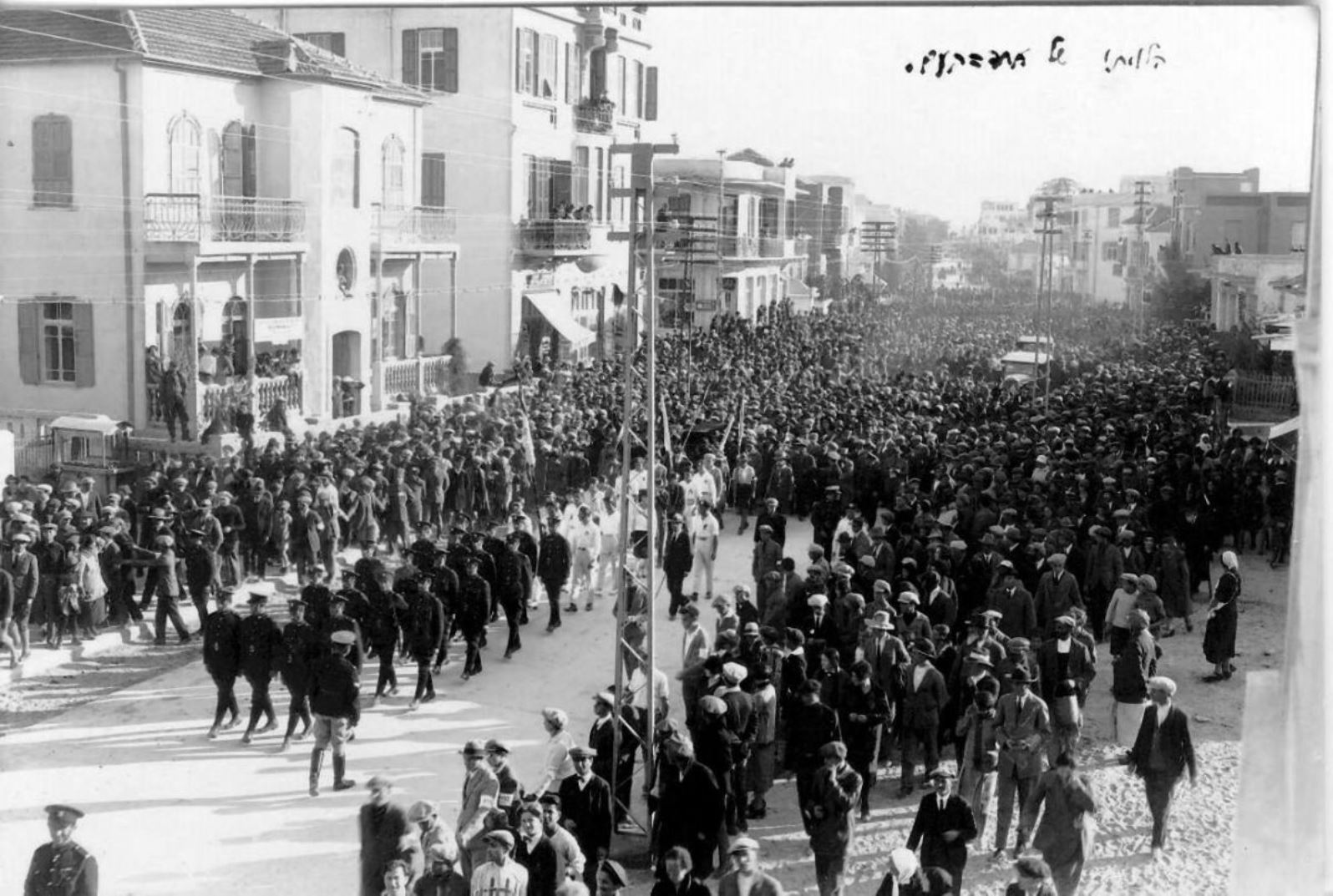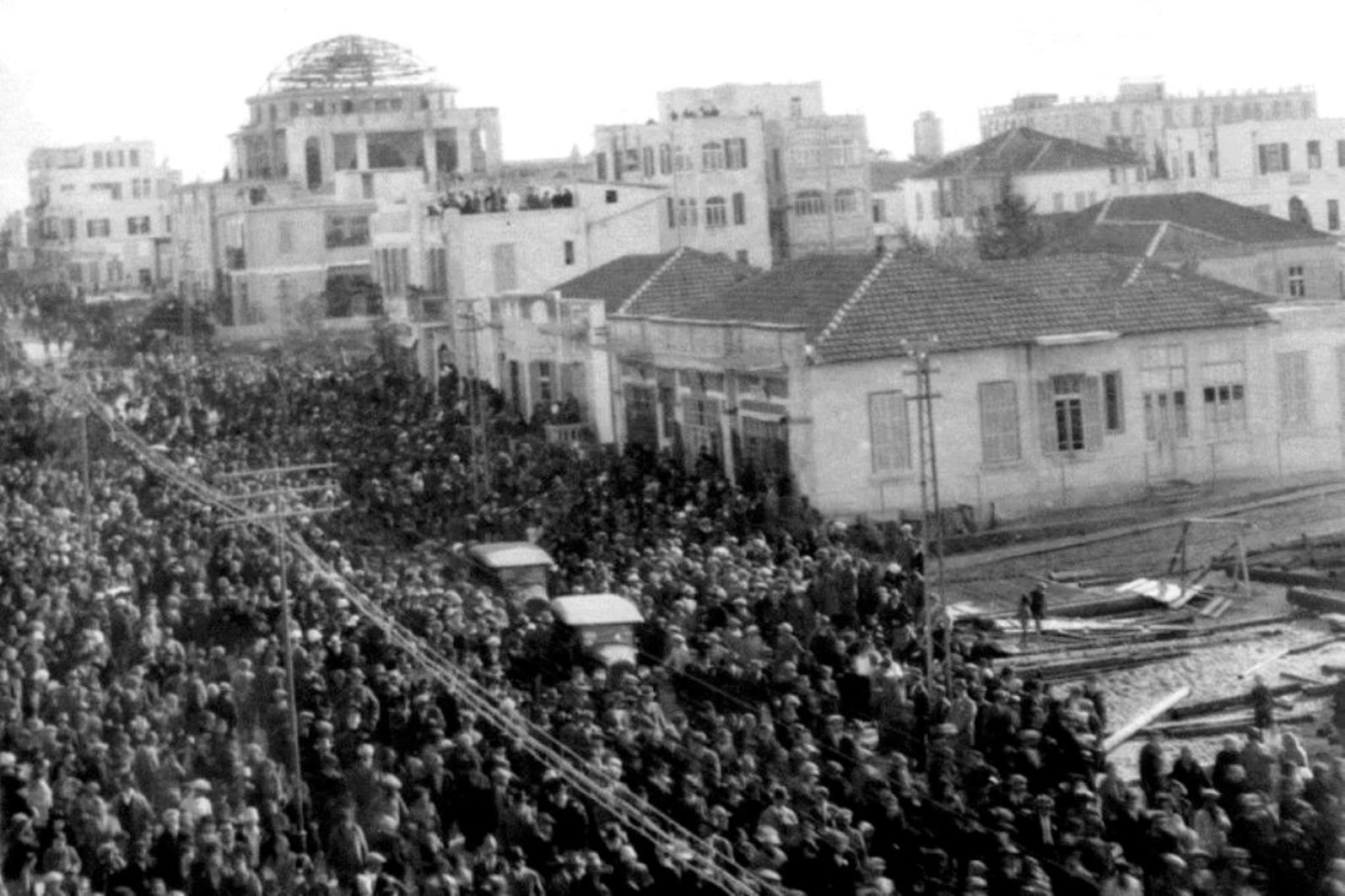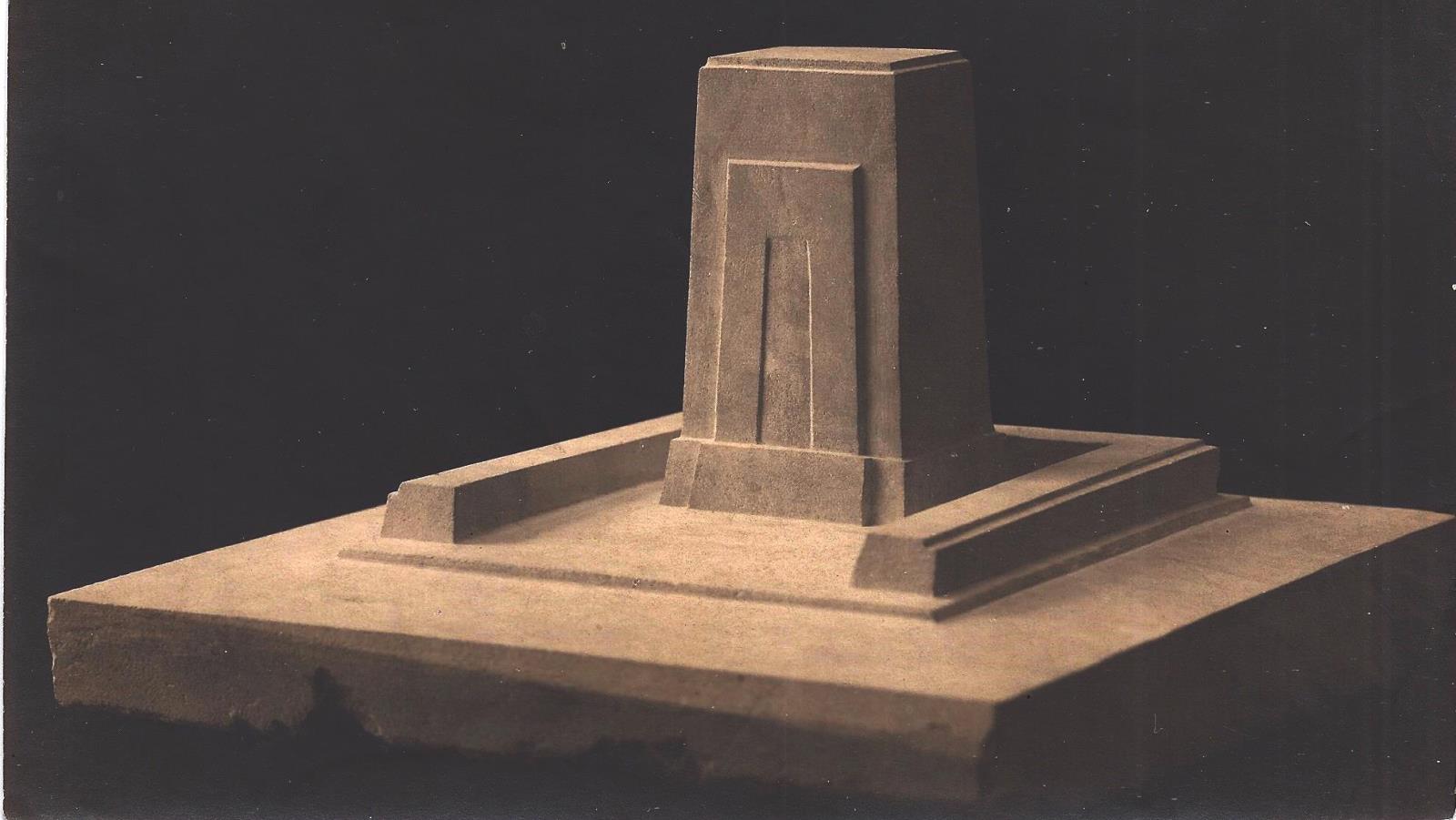On December 28, 2018, acclaimed Israeli writer Amos Oz died at the age of 79. The massive outpouring of public grief brings to mind an event that happened almost exactly 92 years ago: On January 2, 1927, Jewish residents throughout the land of Israel lamented the death of another great man of letters and founder of "cultural Zionism," Asher Zvi Hirsch Ginsberg, known by the pen name Ahad Ha'am.
Through his writing, journalistic and political activity, Ahad Ha'am argued for the creation a Jewish cultural and spiritual center in Israel that would reinforce Jewish life in the diaspora, and forge a new national identity based on Jewish ethics and values.
Ahad Ha'am's "cultural Zionism" had an immense influence on the young Zionist leaders of the day, including Chaim Weizmann and Micha Josef Berdyczewski.
His role in the revival of the Hebrew language, and his ability to write words, essays and articles in a Hebrew that was unmistakably clear and modern, affected a generation of young writers and thinkers, like the poet Hayim Nahman Bialik, as well as generations of Israeli intellectuals to come.

Ahad Ha'am's funeral procession marches down Allenby Street, January 1927. Photo courtesy of Tel Aviv Municipal Archives
In a 1991 essay published in the New York Times, Arthur Herzberg wrote, "How to create a contemporary culture out of the earlier religious heritage has been a central problem of Zionism for at least a century… The very distinction between the 'question of Judaism' and the 'question of the Jews' was made by Ahad Ha'am. He became the central figure of 'spiritual Zionism,' in contrast to Herzl's political Zionism. Martin Buber, Judah Leon Magnes and Gershom Scholem were, in their various ways, among Ahad Ha'am's disciples. Contemporary Israeli writers and intellectuals such as Amnon Rubenstein, A. B. Yehoshua, Amos Elon and Amos Oz are under his influence…"
Ahad Ha'am took part in securing the Balfour Declaration, and then moved to Tel Aviv where he spent the last five years of his life and enjoyed celebrity status.
The home of Ben Zion Mossinsohn, founder and head of the Herzliya Gymnasium, was given over to the revered Zionist leader, in hope that Ahad Ha'am — whose works were a cornerstone of Hebrew-language education — would continue his involvement in developing the high school's curriculum.
When Ahad Ha'am arrived at his new home in Tel Aviv, upon the urging of Mayor Meir Dizengoff the local council voted to cover all of Ahad Ha'am's living expenses, and unanimously agreed to change the name of the street to Ahad Ha'am Street.
Although he was not in the best of health, Ahad Ha'am did participate in public affairs, serving as a member of the city council's executive committee, consulting with the high school's teachers each day over tea, and writing. Every day between two and four o'clock, the police would cordon off the area around his small house, so that the great man would be able to enjoy his afternoon rest.
During those years in Tel Aviv, Ahad Ha'am — who in 1891 had been the first Zionist intellectual to raise the issue of the relations between Arabs and Jews — began to learn Arabic.
Ahad Ha'am passed away at the age of 70 on January 1, 1927. To accommodate the funeral the following day, Tel Aviv's city council declared a sabbatical day.
![Announcement issued by the leadership of the Hebrew Language Defense Battalion that reads,]()
Announcement issued by the leadership of the Hebrew Language Defense Battalion that reads, "Ahad Ha'am died this night. All members of the Hebrew Language Defense Battalion in the Land of Israel must come to pay their last respects to the deceased." Source: National Library of Israel
Thousands came from all over the country, and accompanied the coffin from the house at 11 Ahad Ha'am Street, past the Gymnasium (today the site of the Shalom Tower), down Allenby Street past the Great Synagogue, toward City Hall at the end of Bialik Street, and finally to the Trumpeldor Cemetery.
All traffic was stopped and there were eulogies at each station. Herzliya Gymnasium students marched before the coffin. The funeral procession was considered the biggest the city of Tel Aviv had known up to that time.

The funeral of Ahad Ha'am passes through the streets of Tel Aviv, January 1927. In the distance, the dome of the Tel Aviv Great Synagogue is under construction. Photo courtesy of Tel Aviv Municipal Archives
At the graveside, Bialik, who had been both a disciple and friend, said that because Ahad Ha'am had requested not be eulogized, he would speak of the man as a teacher, saying, "Ahad Ha'am … brought into our literature the rational scientific discipline of the sort excelled in by great intellects of Europe, and enrobed the words of our sages in a scientific way, for he entered into the presence of our literature after much preparation and study of philosophy and sociology."
Bialik concluded, "Ahad Ha'am is a symbol of a great culture that will be built by the people of the Land of Israel so as to unite all parts of our nation throughout the world." (See the entire eulogy here in Hebrew.)
A death mask was fashioned by the sculptor Avraham Melnikov, who was also invited to design the tombstone, which he did in the form of an obelisk.

The sculptor Avraham Melnikov, who fashioned Ahad Ha'am's death mask, was also commissioned to design the headstone. Photo courtesy of the National Library of Israel
In his will, Ahad Ha'am bequeathed his writings to the National Library in Jerusalem. The Tel Aviv City Council decided to dedicate the house to the memory of Ahad Ha'am, leaving the study in place, and turning the rest into a library for scientific literature and Jewish, Israel and Near Eastern studies.
After the house was razed to make room for the Shalom Tower, Ahad Ha'am's study underwent several migrations before finding a permanent home in 1977 at the Beit Ariela Shaar Zion Library, the central public library in Tel Aviv, where it can be visited today. 


No comments:
Post a Comment